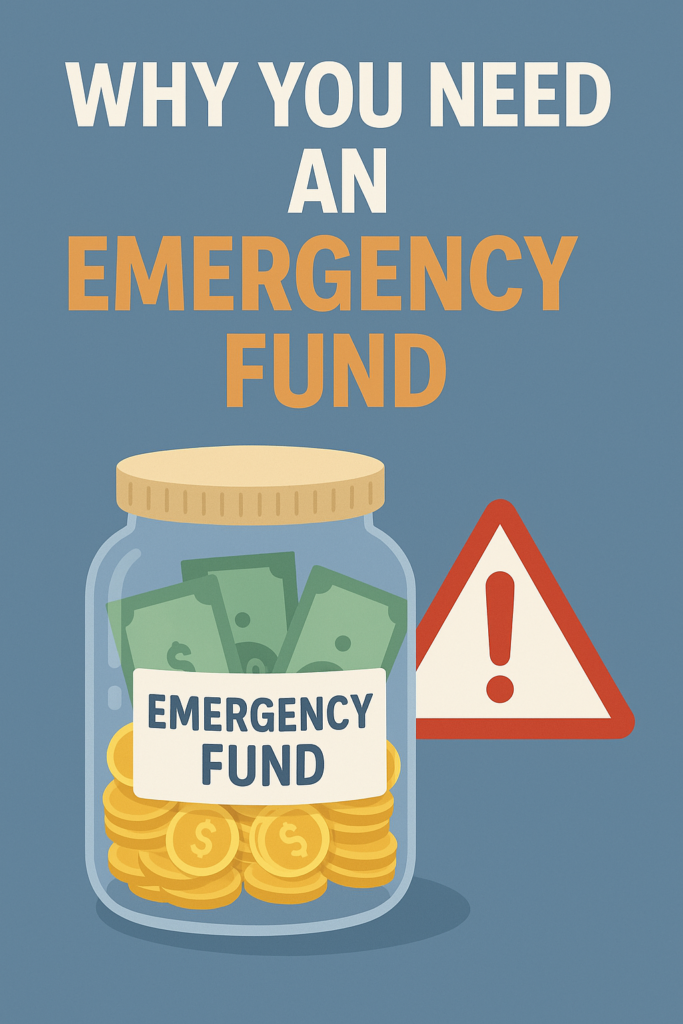How to Build an Emergency Fund: A Step-by-Step Guide
Why You Need an Emergency Fund
Life is unpredictable. One day, everything is smooth sailing, and the next, an unexpected expense—like a medical emergency, car repair, or job loss—can throw your finances into turmoil. An emergency fund acts as a financial safety net, giving you peace of mind and security when the unexpected happens.
If you’ve ever found yourself scrambling to cover an unplanned expense, you’re not alone. Studies show that a significant percentage of people struggle to handle a $1,000 emergency. But the good news? You can start building your emergency fund today with the right plan in place.
Step 1: Determine Your Savings Goal
Before diving in, decide how much you need in your emergency fund. Experts generally recommend saving three to six months’ worth of living expenses. However, if that seems overwhelming, start small. A good starter emergency fund goal is $500 to $1,000.
Factors to Consider:
- Job stability – If you have a stable job, three months’ worth of expenses may be sufficient. Freelancers or self-employed individuals may need a larger cushion.
- Monthly expenses – Calculate rent, utilities, groceries, insurance, and other essentials.
- Existing debt – If you have high-interest debt, balance saving with paying it off efficiently.
Step 2: Create a Dedicated Savings Account
Keeping your emergency fund separate from your regular checking account ensures you won’t be tempted to spend it. Look for:
- High-yield savings accounts – Earn interest while keeping your money accessible.
- No monthly fees – Avoid unnecessary costs eating into your savings.
- Automatic transfers – Set up automatic deposits to stay consistent.
Step 3: Start Small & Stay Consistent
You don’t need to save thousands overnight. Begin with small, manageable contributions and increase them over time.
Simple Saving Strategies:
- Set up automatic transfers – Even $25 per paycheck adds up over time.
- Use windfalls wisely – Tax refunds, bonuses, or extra cash can jumpstart your fund.
- Cut unnecessary expenses – Skip that daily coffee run and redirect those savings.
Step 4: Reduce Expenses & Find Extra Income
If saving feels impossible, consider ways to free up cash.
Ways to Reduce Expenses:
- Cancel unused subscriptions
- Cook at home instead of dining out
- Negotiate bills and insurance rates
Ways to Increase Income:
- Take on freelance gigs or side hustles
- Sell unused items around the house
- Ask for a raise or seek higher-paying job opportunities
Step 5: Protect & Maintain Your Emergency Fund
Once you’ve built your emergency fund, protect it! Use it only for true emergencies, such as:
- Medical expenses
- Job loss
- Urgent car or home repairs
Avoid Using It For:
- Shopping sprees
- Non-essential travel
- Everyday expenses (use a budget for those!)
Replenish your fund after using it. If you withdraw money for an emergency, make a plan to rebuild it as soon as possible.
Final Thoughts & Next Steps
Building an emergency fund takes time, but every dollar saved is a step toward financial security. The key is consistency—start small, stay committed, and watch your savings grow.
Ready to Take Action?
- Open a dedicated emergency savings account today.
- Set up an automatic transfer, even if it’s just $10 a week.
- Challenge yourself to find ways to save and earn extra income.
How do you plan to build your emergency fund? Share your thoughts in the comments below!

